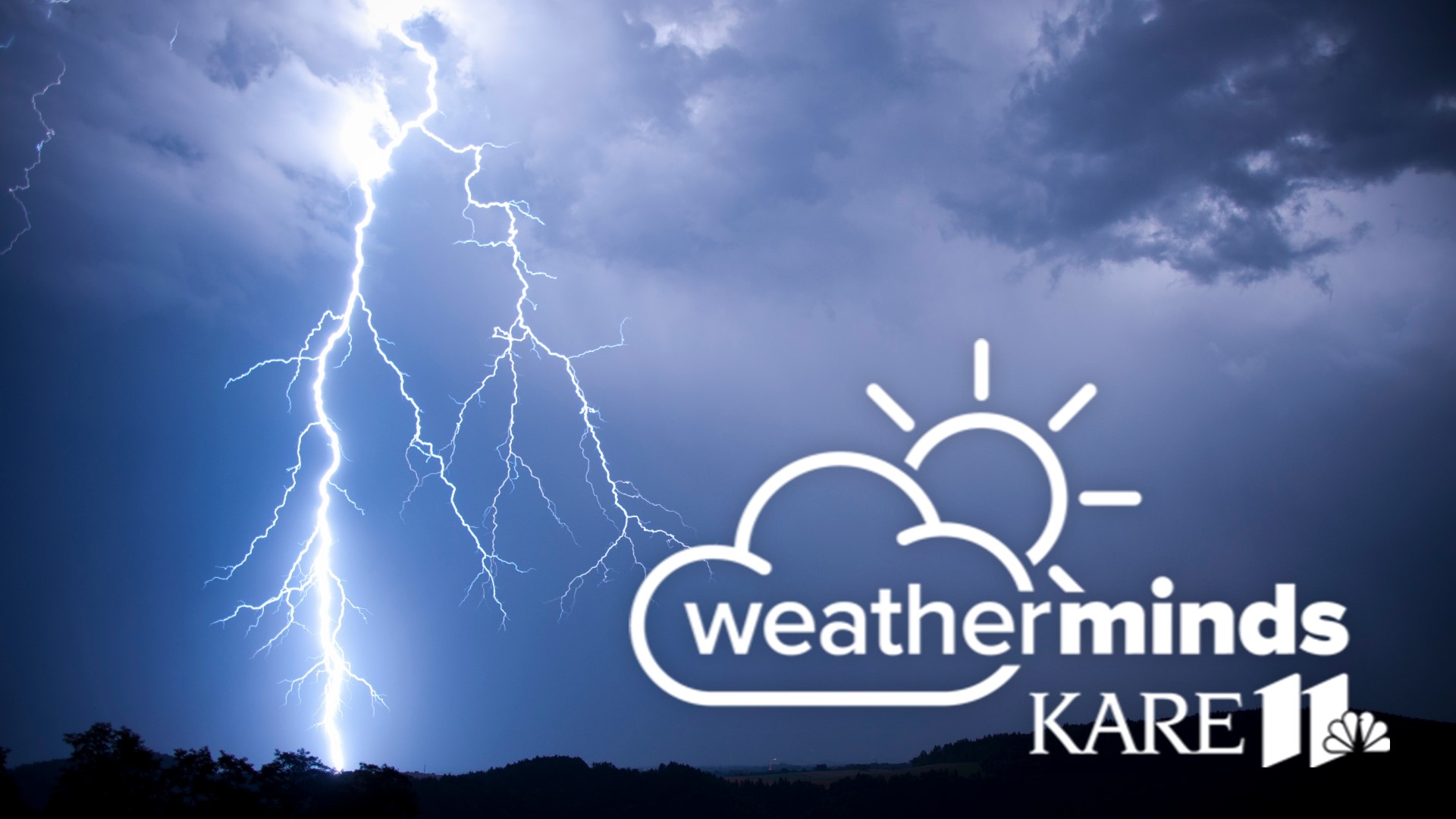HOUSTON — National Weather Service crews in Southeast Texas were surveying destruction Wednesday after a 'Tornado Emergency' was issued for the first time Tuesday in the Houston area. KHOU 11 Chief Meteorologist David Paul was with them as they toured the damaged areas and will have more in our evening newcasts.
Four tornadoes ripped through southeast Houston, Pasadena, Deer Park and Baytown, leaving homes, yards and businesses damaged.
The NWS said the "large and extremely dangerous tornado" caused "catastrophic damage" along its path.
Now, it's up to the agency to determine what threat level the tornado was, but how do they do that and what do the different levels mean?
How are tornadoes ranked?
Tornadoes are ranked by the damage they leave behind. It appeared many single-family homes, apartments and larger businesses across Deer Park, Pasadena and Baytown were damaged or destroyed.
It takes more wind to destroy a home on a foundation than a mobile home, for example, which is an indicator that Tuesday's storm was a pretty strong one. However, we'll have to wait for the NWS to survey the damage to determine a ranking.
What does EF stand for?
The EF in regard to tornado ranking refers to the scale in which a storm is measured: the Enhanced Fujita Scale. The Fujita (F) Scale was originally developed by Dr. Tetsuya Theodore Fujita to estimate the wind speeds of a tornado based on damage, according to NWS. The EF scale is an upgrade to the F Scale developed in 1971. The EF Scale was developed by a forum of meteorologists and wind engineers and has been used to assign tornado ratings since 2007.
EF0 and EF1
EF0 and EF1 tornadoes are the least powerful storms on the scale. Their wind speeds are between 65 to 85 mph for an E0 and 86 to 110 mph for an EF1. NWS classifies these as weak storms. Damage is typically light to moderate. EF0 storms can lead to damage to chimneys; branches broken off trees, shallow-rooted trees uprooted, and sign boards damaged. EF1 tornadoes can lead to roof surfaces being peeled off; mobile homes being pushed and foundations or overturned; and moving vehicles being pushed off the road.
EF2
An EF-2 tornado spins between 111 and 135 mph. It's classified as a strong storm that can cause significant damage like roofs being torn from frame houses; mobile homes being demolished; boxcars being pushed over; large trees being snapped or uprooted; and light objects becoming projectiles.
EF3
In order to obtain an EF3 ranking, a well-built structure will usually be missing the entirety of its roof and a few exterior walls. It moves between 136 and 165 mph. An EF3 causes severe damage. Roofs and some walls can be torn from well-constructed houses; trains overturned; most trees in forested areas uprooted; heavy cars lifted and thrown.
EF4
To get an EF4 ranking, a well-built structure will have to be completely torn down with little to no interior walls remaining. The key here is the interior walls.
An EF4 has 166 to 200 mph winds and causes what's classified as devastating damage. In an EF4, well-constructed houses are leveled; structures with weak foundations are blown some distance; cars are thrown; large missiles are generated.
EF5
Finally, to get the EF5 tag, the highest tornado ranking, not only does a well-built structure have to be completely leveled off its foundation, but the debris must be completely removed leaving only that of the slab.
Violent tornadoes, EF4 and EF5 only account for less than 5% of all tornadoes annually in the U.S. but are responsible for 90% of tornado deaths, according to NWS.
Are tornadoes rare in the Houston area?
Tornadoes in our part of southeast Texas or southwest Louisiana are a common occurrence -- normally very weak and causing only cosmetic damage to trees, powerlines or shingles.
Strong, high-ranked tornadoes are not a common occurrence. In fact, they're exceedingly rare due to our very maritime environment.
If only looking at EF4 and EF5 tornadoes, only two F/EF4 tornadoes have ever been observed in the county warning area (CWA) of Houston (all of our area counties): one F4 in November 1992 in Channelview, and another F4 in Galveston during Hurricane Carla in September 1961. No F5 or EF5s have been documented in this part of Texas.
Why Harris County doesn't have tornado sirens
Harris County is the second most tornado-prone county in the country, according to NOAA. So why don't we have tornado sirens?
Emergency managers believe wireless alerts sent to cellphones are a better way to inform people about all kinds of hazards, including the type of tornadoes we get in Harris County.
Tornadoes in Harris County tend to be smaller and cause less damage and fewer injuries. On average, local tornadoes aren't on the ground as long as the tornadoes seen in Dallas or Oklahoma.
Additionally, communities near chemical plants use sirens to warn of a Hazmat situation. If tornado sirens were added, emergency managers say people might be confused as to which threat is taking place.
Follow the KHOU 11 Weather Team for updates:

